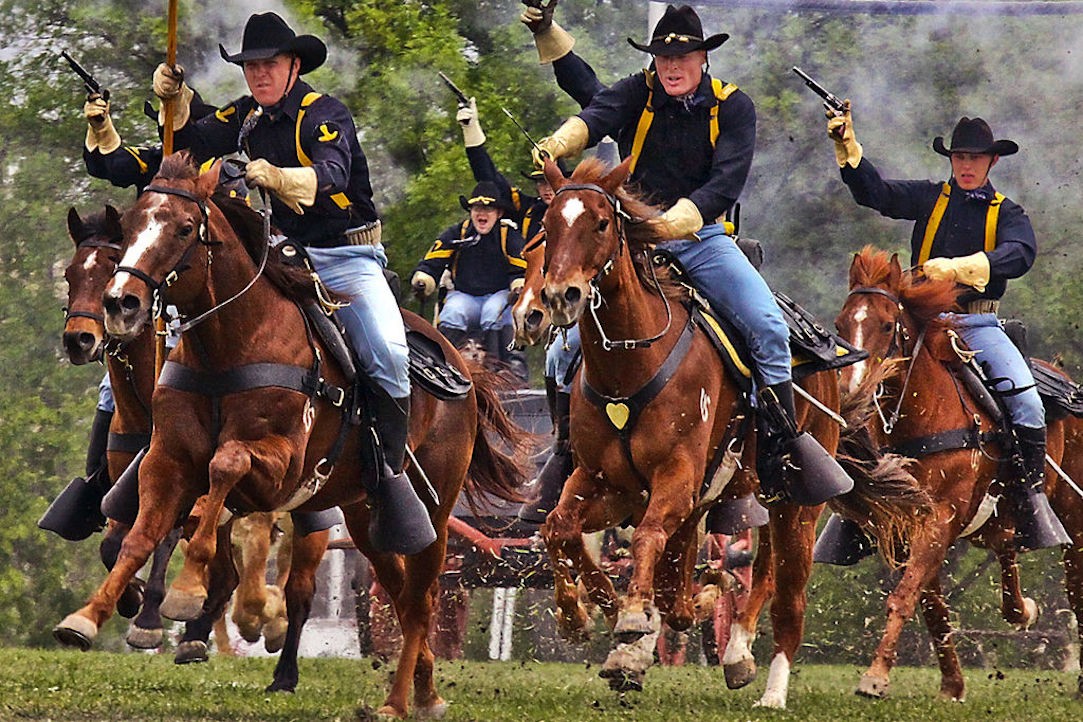
Guest Blog Post
There’s been no shortage of criticism of the role of internal audit over the years. We’ve heard them all: Those who can’t do, audit; The department of “no;” Corporate America’s hall monitors; and many others. Some have had a tint of validity, but most demonstrate a fundamental misunderstanding of the role of internal audit.
It’s also true that some internal audit shops are better at adding value than others. Those that are stuck in the old way of auditing, or that havn’t evolved over the years to reconsider how to provide real value in the organization, just might well deserve some of the snide remarks about the job they do.
In his book Augustine’s Laws, first published in 1984, former CEO and chairman of Lockheed Martin, Norm Augustine, wrote: “The problem with internal audit is that they show up after the battle only to bayonet the wounded and bury the dead.”
We could give Augustine the benefit of the doubt that he was providing a very dated take on the internal audit profession, except that this perception still lingers on today in many circles. Well, as Director of Internal Audit, Aerospace, at Ball Corporation, I am taking exception to Augustine’s and others’ perception of internal audit’s role in the battle. Instead, I’d like to provide a different take on the mission of internal audit in the battle—to continue the combat imagery—based on my own experience and views of internal audit, particularly here at Ball.
Cavalry on Reconnaissance
You see here at Ball, I liken the job of internal audit to the role the United States Cavalry plyed during the American Civil War.
During the American Civil War, the Cavalry, the mounted force of the Army, primarily performed reconnaissance activities. That is, they took a forward postion, assessed risk, and reported back to the generals vital information regarding enemy forces and features of the environment. That is similar to the goal of internal audit here at Ball: be proactive, assess current and emerging risks, and report back to management in a timely and efficient manner.
Basically, the Cavalry has to be ahead of the front lines assessing potential risk. They don’t do any good coming in after the battle and assessing what has already happened and neither does internal audit.
Recall the Battle of Gettysburg, the most famous American Civil War battle, fought between the Union and Confederate Armies from July 1 through 3, 1863. The Union Victory became the major turning point of the war. This victory was in large part due to the contributions of the Union Army Cavalry. The Union Cavalry stayed true to their mission of identifying and assessing risk, and exercising independent and objective judgment critical to the success of the mission.
General John Buford, the Union Cavalry leader, in performing his reconnoiter—or in internal audit language, “risk assessment”—noted Confederate forces advancing on the town of Gettysburg from the north. He recognized the peril of such forces garnering the high ground south of the town and immediately dispatched couriers to notify his command of the impending danger.
Well, this is what internal audit does at Ball Corporation; when we identify risks in a process, we promptly notify Ball management of these potential risks. In Aerospace, for example, when evaluating a process for compliance with a government regulatory requirement, if we identify any concerns we work with management to address the risks before the government auditors, thereby saving Ball from potential fines and penalities and, most importantly, embarrassments that are too common in the industry, such as “million dollar toilet seats!”
Losing Sight of the Mission
Now, contrast John Buford’s actions with his counterpart, J.E.B. “Jeb” Stuart, the Confederate Cavalry leader. Stuart initially performed well in his role, conducting reconnoiter activities for General Lee, as Lee moved from Virginia through Pennsylvania. He kept Lee informed of the movement of the Union Army, his main risk assessment activity.
Unfortunately for the Confederate Army, however, Stuart became separated from Lee’s Army and lost sight of his role and mission within the organization. Instead, Stuart chose to, accoding to several accounts, raid and pillage the countryside, capturing enemy supply wagons. Some claimed this was an effort to gain personal accolades and public attention. Yet Stuart’s decisions left General Lee unaware of the movement of the Union Army and exposed him to huge risks that would ultimately prove devastating to the Confederate side.
“Eyes and Ears”
Some in internal audit might be tempted to “raid and pillage the countryside” by pursueing every misstep in the organization with a untested soldier’s zeal to get the attention of the CEO. Unlike Stuart, Ball Corporation’s internal audit mission is not to “raid and pillage” but to assess and assist.
Our role here at Ball can be best summed up in the words of General Robert E. Lee when he rebuked General Stuart upon arriving in Gettysburg three days into the battle boasting of “capturing enemy supply wagons.” General Lee told Stuart, “You are the eyes and ears of this Army. If you fail in your duty so does this Army!”
Internal Audit, like John Buford demonstrated at Gettysburg, must stay true to our mission. Rather than boasting of “capturing supply wagons,” we are the “eyes and ears” of Ball Corporation. ![]()
R. Jeffrey Ingram is director of internal audit, aerospace, at Ball Corporation.


Nice perspective on the internal Audit.
Likes the reference to Civil War.